Comfort food always comes with a story, and most of us like to think those stories are rooted in tradition. Family recipes, holiday meals, and the dishes we label as “authentic” carry an extra weight because they feel like they’ve always been there. But the funny thing is, a lot of the foods we think of as timeless or tied to a specific culture aren’t exactly what they seem. Some were born in restaurant kitchens catering to new audiences, some were reinvented by immigrants trying to make the most of what was available, and some were stitched together by pure accident.
That doesn’t make them less comforting. In fact, the real stories usually make them more interesting. A plate of spaghetti and meatballs may not be true to Italy, but it tells a very real story of Italian immigrants adapting to America. General Tso’s chicken might not be on any menu in China, but its New York roots explain a lot about how Chinese food found a home in the U.S. Even apple pie, so tightly woven into American identity, can trace its beginnings to Europe.
Food evolves the way people do — shifting, borrowing, adapting, and surviving. What feels like tradition is often reinvention, and those reinventions have turned into some of the most beloved meals we still put on our tables today. Here are nine comfort foods that aren’t as “traditional” as we usually think.
Chicken tikka masala
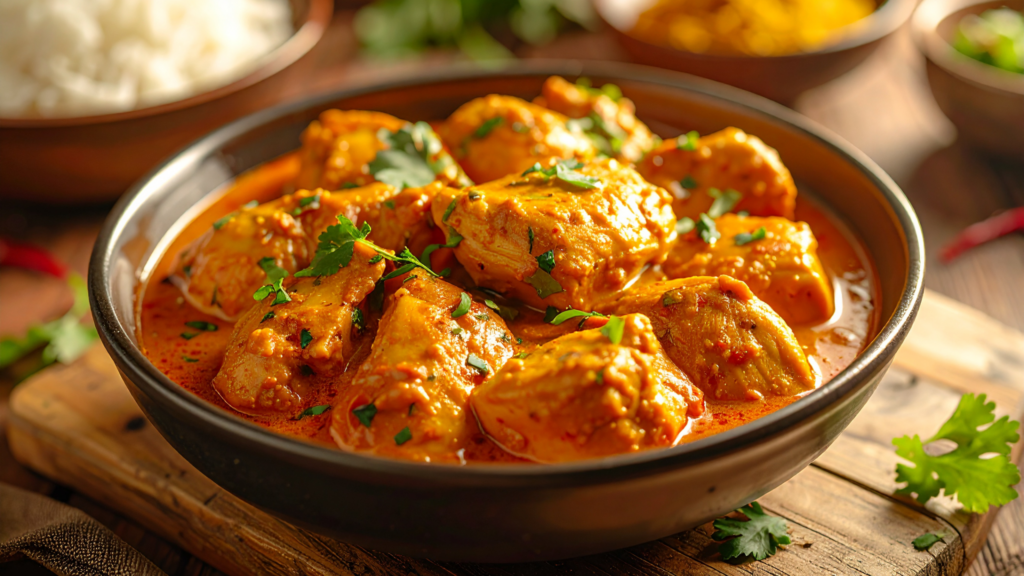
Chicken tikka masala looks and tastes like it should be a dish straight out of India, but its actual birthplace is widely believed to be the United Kingdom. The story goes that in the 1960s or 1970s, a South Asian chef in Glasgow improvised when a diner complained that his chicken tikka was too dry. He added a spiced tomato cream sauce to the dish, and it caught on instantly. While there are debates over the exact details, the consensus is clear: chicken tikka masala is a product of immigrant creativity in Britain, not a centuries-old recipe from India.
The reason it feels so convincingly Indian is that it builds on flavors and techniques that are traditional. The marinated chicken, the tandoor-style cooking, the use of spices like cumin and coriander — all of that is rooted in South Asian food. But the heavy tomato cream sauce? That was about catering to British tastes, making the dish richer and milder than what you’d normally find in India. In fact, the UK embraced chicken tikka masala so wholeheartedly that politicians once called it “a true British national dish.”
What makes this story so telling is how food evolves when cultures meet. Immigrants often adjust their cooking to fit the ingredients and expectations of their new home, and sometimes those adjustments take on a life of their own. Chicken tikka masala is now so common in Britain that many people assume it’s just another dish from the subcontinent, when in reality it’s a hybrid born of necessity and adaptation.
If you want a dish that carries the same kind of comfort at home, sausage curry captures that rich, spiced warmth beautifully. It’s not the same story as tikka masala, but it follows a similar path — bold flavors simmered into a creamy sauce that feels both familiar and new. Like tikka masala itself, it’s proof that comfort food doesn’t need to be bound by tradition to feel timeless.
Fortune cookies
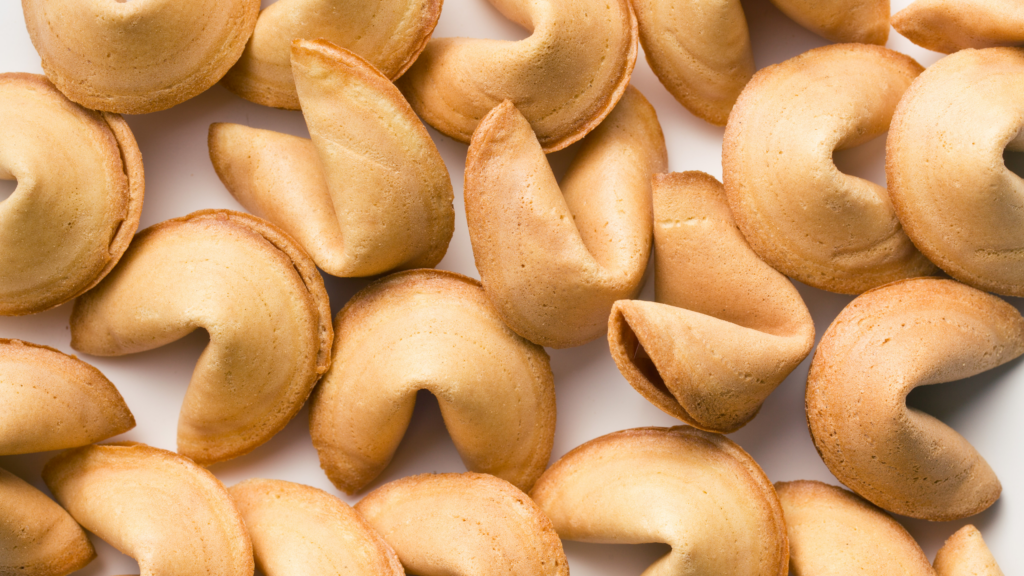
Fortune cookies are handed out at the end of countless Chinese restaurant meals in America, which makes it easy to assume they’re a long-standing Chinese tradition. But if you ask anyone in China about them, you’ll likely get blank stares. That’s because fortune cookies are a California invention, with roots tracing back to Japanese immigrants in the early 1900s. Bakers in San Francisco and Los Angeles produced folded cookies that contained small notes, inspired by Japanese senbei crackers, long before they ever appeared in Chinese restaurants.
It wasn’t until World War II, when Japanese-American businesses faced internment and disruption, that Chinese-owned restaurants picked up the practice and popularized it. Fortune cookies quickly became associated with Chinese-American dining, and eventually, the cookies’ origins were blurred enough that people assumed they had always been part of Chinese culture. Today, they’re nearly impossible to separate from the experience of eating Chinese takeout in the U.S., even though they’re virtually unknown in China itself.
The “tradition” of breaking open a crisp cookie and reading your fortune is less about authentic heritage and more about cultural crossover. It reflects how immigrant cuisines often absorb and repurpose ideas from one another, creating new traditions in the process. What began as a regional specialty in California is now considered by many to be the quintessential ending to a Chinese meal — proof of how quickly food stories can shift.
Fortune cookies might not be in your recipe box at home, but they’re a perfect example of how what feels like tradition is often invention. Sometimes, the comfort comes not from authenticity, but from ritual, even if that ritual was born in a bakery halfway across the world from where we think it started.
Spaghetti and meatballs
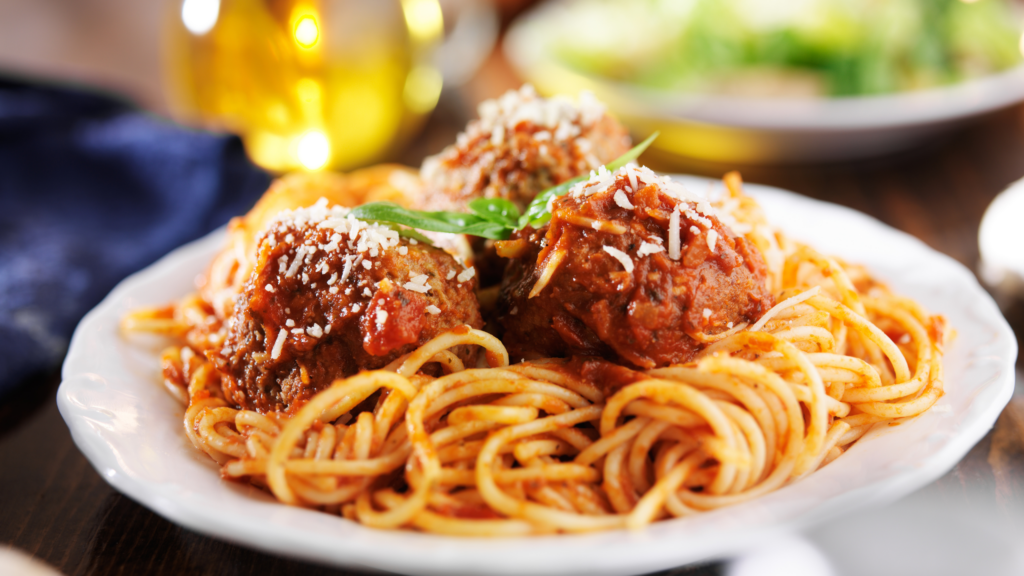
For anyone who grew up with Sunday pasta dinners, spaghetti and meatballs feel like the most Italian meal imaginable. But in Italy, meatballs (polpette) are usually small, served on their own, and never paired with spaghetti. The dish as we know it — giant meatballs piled on pasta and drowned in sauce — is a product of Italian immigrants in the United States. Arriving in the late 19th and early 20th centuries, they adapted their cooking to what was affordable and available, and in America, that meant more meat, more tomatoes, and bigger portions.
The abundance of cheap beef in the U.S. was a stark contrast to Italy, where meat was expensive and reserved for special occasions. Immigrants embraced this accessibility and used it to stretch meals, pairing large meatballs with pasta and tomato sauce for a hearty, family-style dinner. Over time, the dish became a staple in Italian-American households and eventually spread to restaurants, where it became synonymous with Italian food in the U.S.
Back in Italy, you’ll rarely see spaghetti and meatballs on a menu — and if you do, it’s almost certainly aimed at tourists. But in America, the dish tells an important story about assimilation and adaptation. It reflects how immigrant families balanced old traditions with new realities, creating something uniquely their own that eventually became a comfort food for generations.
For a recipe that carries the same Italian-American comfort vibe, the Johnny Marzetti casserole is a great example. With pasta, tomato sauce, beef, and cheese all baked together, it captures that same spirit of hearty, family-style cooking — a dish rooted in community rather than Old World authenticity.
Chili con carne
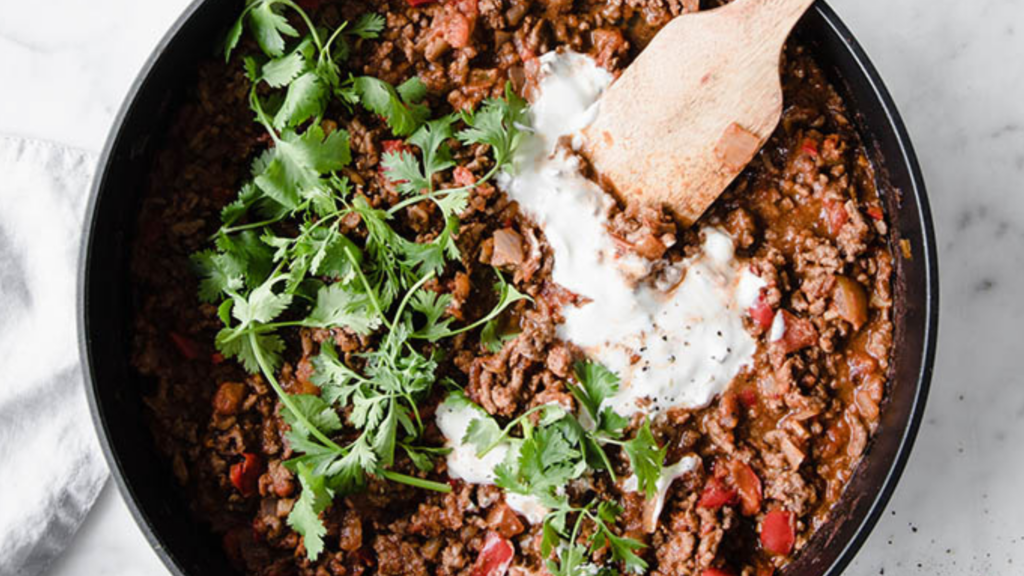
Few foods are as fiercely defended as chili, with debates about beans, spice levels, and toppings dividing loyal fans. But while many assume chili has deep Mexican roots, the dish as we know it is a Tex-Mex creation. Chili con carne — literally “chili with meat” — emerged in the American Southwest, particularly Texas, in the 19th century. Mexican cooking influenced its use of chili peppers and spices, but the concept of slow-simmered beef and beans was a frontier adaptation.
In fact, early versions of chili were often sold by “chili queens” in San Antonio, women who ran outdoor stalls and served the hearty stew to workers and travelers. The dish became closely tied to Texas identity, so much so that chili con carne was eventually declared the official state dish. While its flavors borrow heavily from Mexican cooking, the dish itself doesn’t trace back to traditional Mexican kitchens. Instead, it reflects the blending of cultures along the border, where ingredients, techniques, and tastes naturally mixed.
Today, chili is a comfort food found across the U.S., often tailored to local preferences. Some make it fiery hot, others keep it mild; some insist beans have no place, while others can’t imagine it without them. No matter the variation, chili carries the story of cultural exchange and adaptation. It’s less about authenticity and more about practicality — a dish that made sense for the people who first made it and continues to evolve in every kitchen it touches.
If you want to make your own version of that borderland classic at home, the chili con carne captures the same slow-simmered depth. It’s hearty, spiced just right, and proof that comfort doesn’t depend on where a recipe was born — only that it brings people to the table. Like the original, it’s endlessly adaptable and just as good reheated the next day, because some dishes are meant to stick around.
Corned beef and cabbage
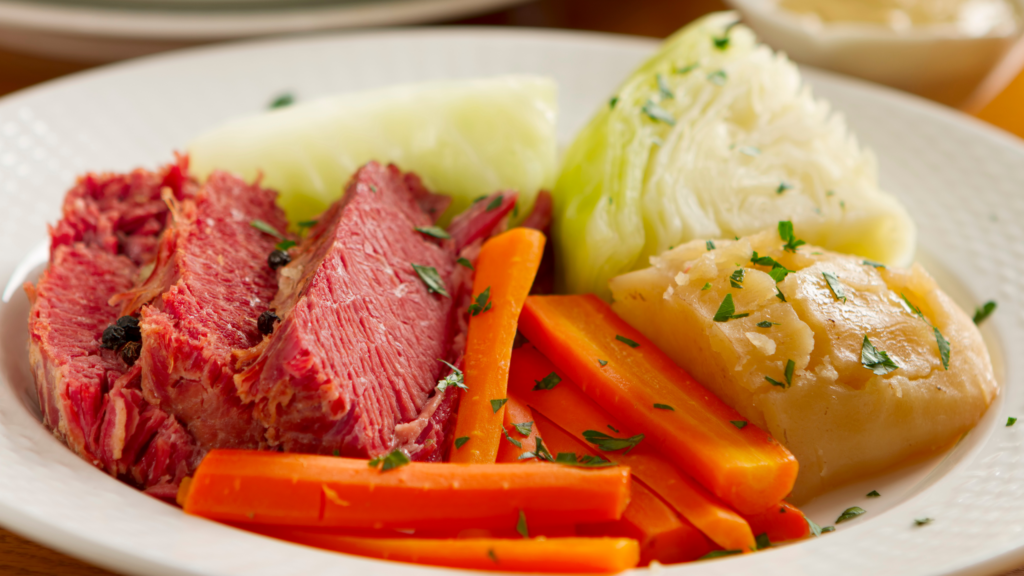
On St. Patrick’s Day, nothing feels more “Irish” than a plate of corned beef and cabbage. But if you travel to Ireland, you won’t find it served in the same way. The dish actually took shape in America, created by Irish immigrants in the 19th century. Back home, pork and potatoes were more traditional staples, but in the U.S., beef was more affordable and widely available. Jewish butchers in New York sold corned beef, and Irish immigrants adopted it, pairing it with cabbage because the vegetable was cheap and plentiful.
Over time, the combination became a celebratory meal tied to Irish-American identity. It symbolized both assimilation and adaptation, as immigrants created new traditions with the resources they had. By the 20th century, corned beef and cabbage were so closely linked with Irish heritage in America that it became the default St. Patrick’s Day meal, even though most Irish families back in Ireland didn’t eat it.
This is a reminder of how food traditions are often shaped by migration and availability rather than ancient recipes. Corned beef and cabbage became “Irish” because it fit the context of Irish-American life, not because it was deeply rooted in Ireland itself. Today, it remains a nostalgic comfort food, even if its origins aren’t what most people assume.
If you want something that nods to the same flavors in a fresher way, Reuben bowls hit that balance perfectly. With corned beef, tangy sauerkraut, and creamy dressing layered together, they carry the same comfort and nostalgia but skip the heavy prep. It’s another reminder that even a dish built from adaptation can keep evolving — still familiar, just a little more modern.
California rolls
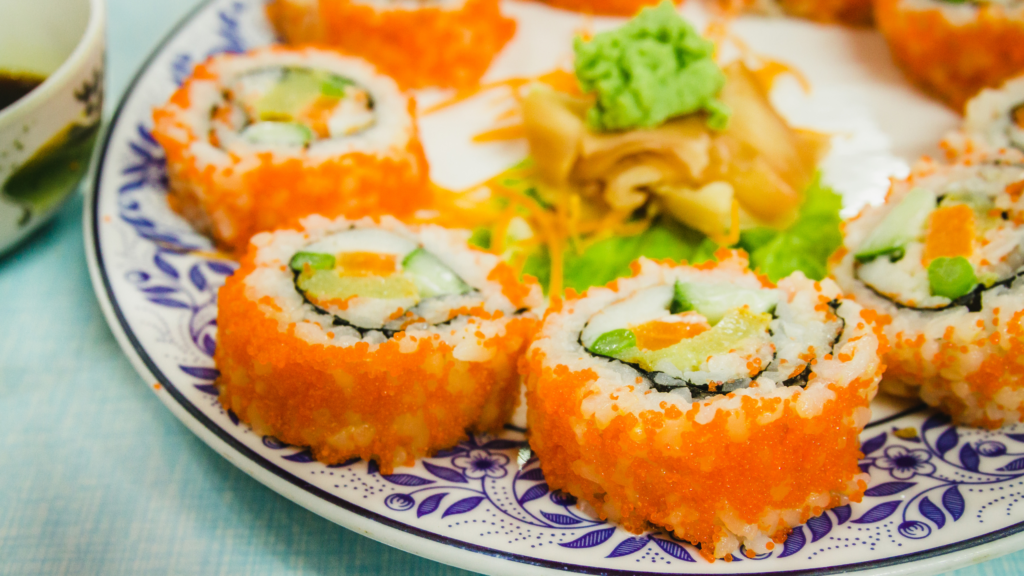
Sushi feels inseparable from Japanese cuisine, but the sushi rolls most Americans know best — especially the California roll — are a U.S. invention. In the 1960s and 1970s, chefs in Los Angeles began adapting sushi to appeal to American diners who were wary of raw fish. The California roll swapped tuna for avocado and crab (often imitation crab), creating a familiar, approachable version of sushi that caught on quickly.
This adaptation helped sushi break into mainstream American dining. It bridged the gap between traditional Japanese techniques and Western tastes, turning sushi from an intimidating specialty into an everyday meal. The roll’s popularity spread across the U.S. and eventually influenced sushi culture worldwide, showing how a local invention could reshape global dining habits.
In Japan, sushi rolls exist, but the versions that dominate American restaurants are far from traditional. The California roll and its offshoots are comfort foods precisely because they made sushi feel accessible, even if they stray from authenticity. They reflect how immigrant chefs innovated to make their food welcoming, and how those innovations can become comfort food in their own right.
For a version that fits right into a home kitchen, these spicy tuna rolls deliver the same appeal without any sushi chef credentials required. They keep the spirit of reinvention alive — quick, flavorful, and approachable. Much like the California roll, they prove that accessibility can be its own kind of tradition.
Key lime pie

Few desserts feel as American as key lime pie. It’s on diner menus, vacation postcards, and almost every Florida restaurant’s dessert tray, where it’s treated like a slice of state pride. But while it’s often described as a “traditional Southern dessert,” the truth is a little less rooted in old family recipes and a lot more tied to convenience, technology, and clever marketing. The version we know today likely came about in the late 1800s in Key West, Florida — not from generations of bakers, but from people making do with what they had on hand.
At the time, fresh milk and refrigeration were hard to come by in the Keys, so cooks relied on canned sweetened condensed milk, a relatively new product. Mixing it with key lime juice and eggs created a rich, tangy filling that required no baking — perfect for the tropical heat. Some credit a cook named “Aunt Sally,” who worked for a wealthy ship salvager named William Curry, with formalizing the recipe, though there’s no written record of it until decades later. What we do know is that this wasn’t a family heirloom passed through centuries — it was born from necessity and convenience, then refined and marketed into the icon it is now.
As tourism in Florida grew, so did the pie’s fame. Restaurants began calling it “authentic,” bakeries shipped it across the country, and by 2006, Florida officially named it the state pie. Ironically, its so-called authenticity depends almost entirely on canned milk — not exactly the hallmark of tradition. Still, it represents a certain kind of ingenuity that defines American comfort food: the ability to take shortcuts and make them taste like legacy.
If you want to bring that same creamy, tart balance into your own kitchen, this key lime pie recipe and a version of it as fat bombs are both easy ways to get there. They deliver that bright, citrusy flavor without the fuss — proof that even desserts built on convenience can taste timeless once they’ve found their place at the table.
General Tso’s chicken
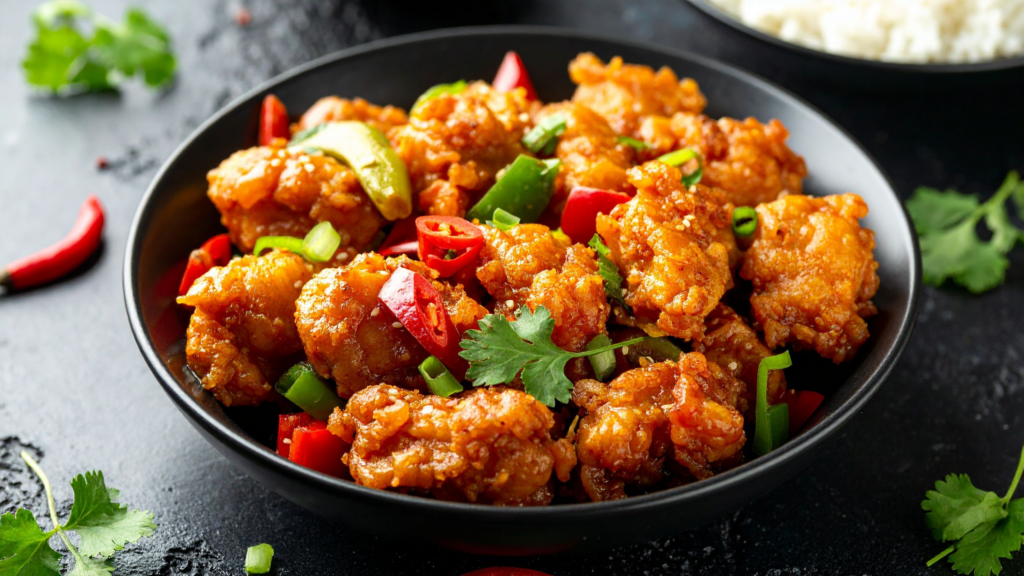
General Tso’s chicken is a staple of Chinese takeout in the U.S., but you won’t find it in traditional Chinese cooking. The dish was actually created in New York City in the 1970s by chefs who wanted to make Chinese food more appealing to American diners. Sweet, tangy, and deep-fried, it was far removed from the flavors and styles you’d find in Hunan Province, where General Tso himself was from.
The story of General Tso’s chicken is one of cultural translation. Chefs took elements of Chinese cooking and adapted them to fit American tastes, emphasizing sweetness, bold sauces, and crispy textures. The result was a dish that felt familiar enough to be approachable, yet exotic enough to seem exciting. It quickly became a takeout favorite, cementing its place in Chinese-American cuisine.
In China, the dish is virtually unknown, which surprises many people who assume it’s a staple. Instead, it represents how immigrant chefs reshaped their food to thrive in a new environment. Comfort food doesn’t have to be ancient or authentic; sometimes, it’s about what resonates in the moment. General Tso’s chicken resonated so much that it became shorthand for Chinese food in America.
For a take that shows how those flavors still evolve, General Tso chicken and ramen noodles combine the familiar sweet-heat glaze with a comforting noodle base. It’s modern takeout logic in a bowl — fast, flavorful, and unapologetically adapted. Just like the original, it’s proof that fusion isn’t the opposite of authenticity — it’s how comfort food keeps moving forward.
Mac and cheese
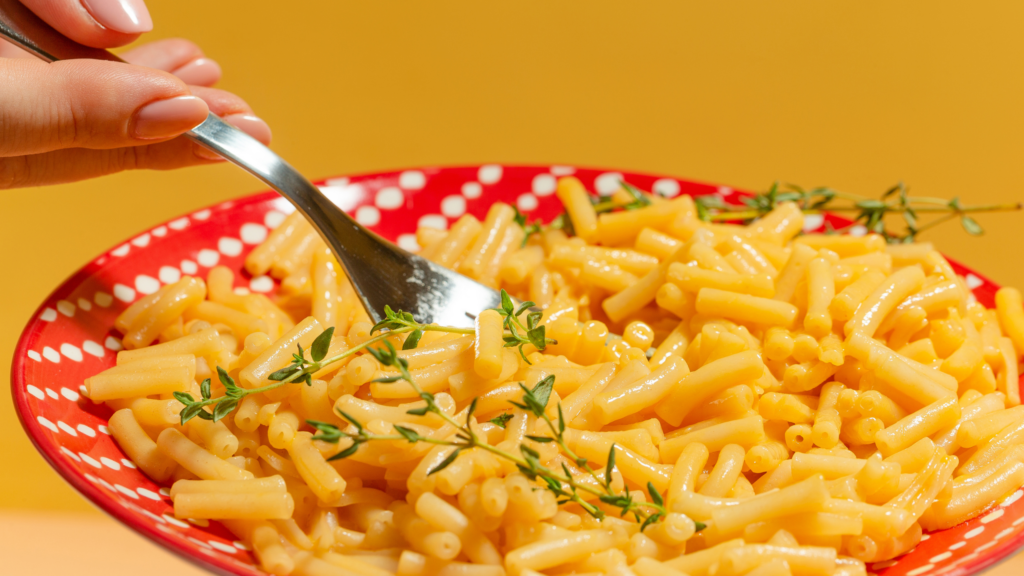
Mac and cheese feels like the definition of American comfort food — creamy pasta baked or stirred together with plenty of cheese. But its origins trace back to Europe, where pasta and cheese casseroles were popular centuries ago. Recipes for macaroni with cheese appeared in English and French cookbooks long before Thomas Jefferson helped popularize it in the U.S. after encountering it abroad.
In America, mac and cheese became widespread in the 19th and 20th centuries, especially as processed cheese and boxed versions made it accessible to nearly everyone. It shifted from a dish of European origin to a staple of American households, especially for weeknight dinners and holidays. Today, it’s considered quintessentially American, even though its story began across the Atlantic.
The comfort of mac and cheese isn’t about authenticity — it’s about what it represents. It’s the dish kids grow up eating, the side that shows up at every barbecue, and the centerpiece of many holiday tables. Its ability to evolve, from fancy baked versions to boxed stovetop meals, is what makes it so enduring.
For something that channels the same baked, cheesy comfort, loaded broccoli cauliflower casserole is a perfect stand-in. It hits the same creamy, melty notes while slipping in a few vegetables, which makes it feel modern without losing that baked-dish nostalgia. Like mac and cheese itself, it proves that comfort food doesn’t have to stay stuck in its past to feel timeless.
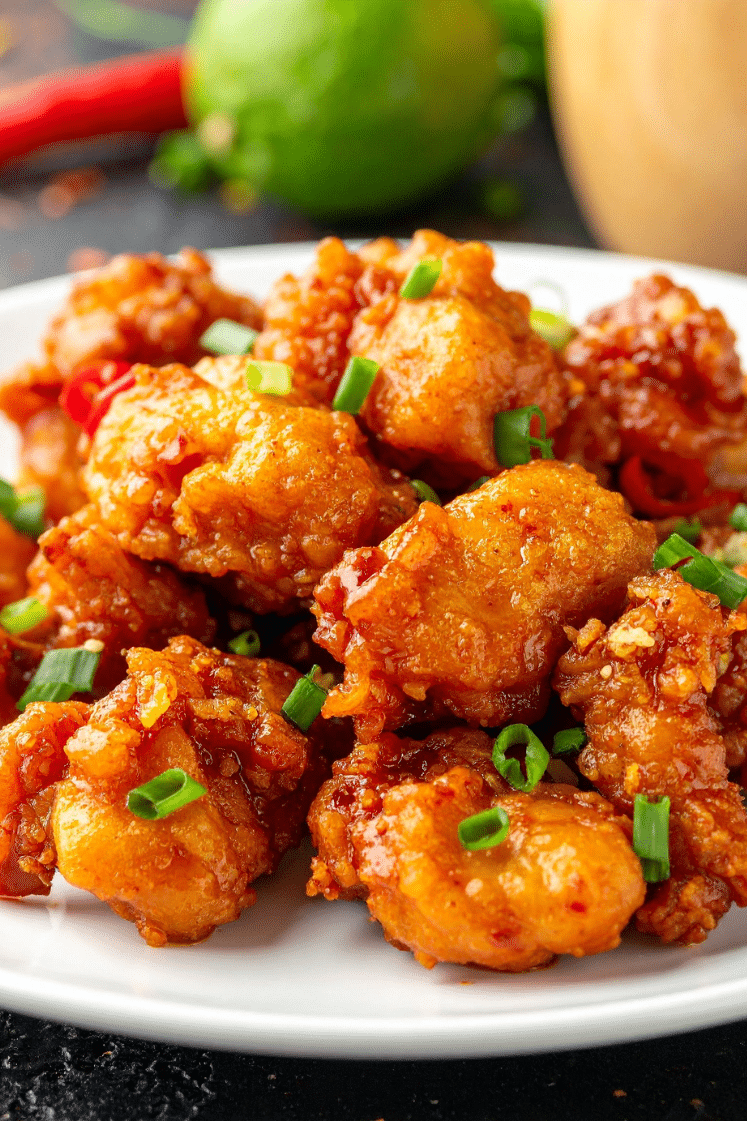



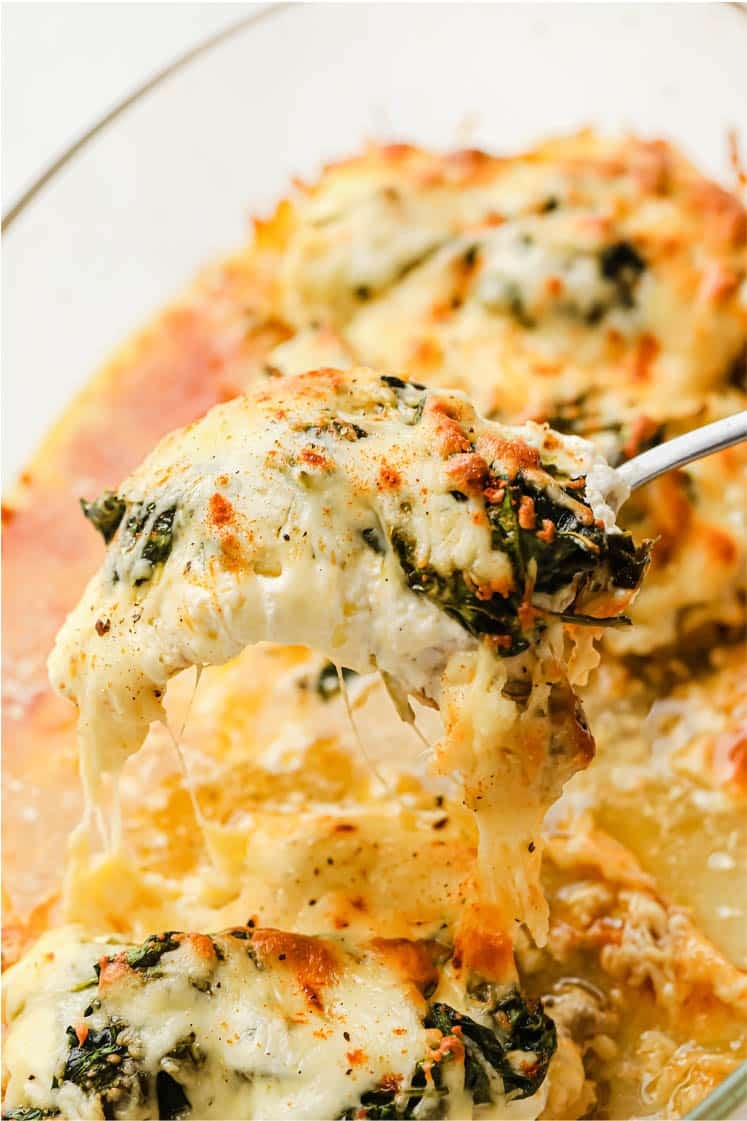






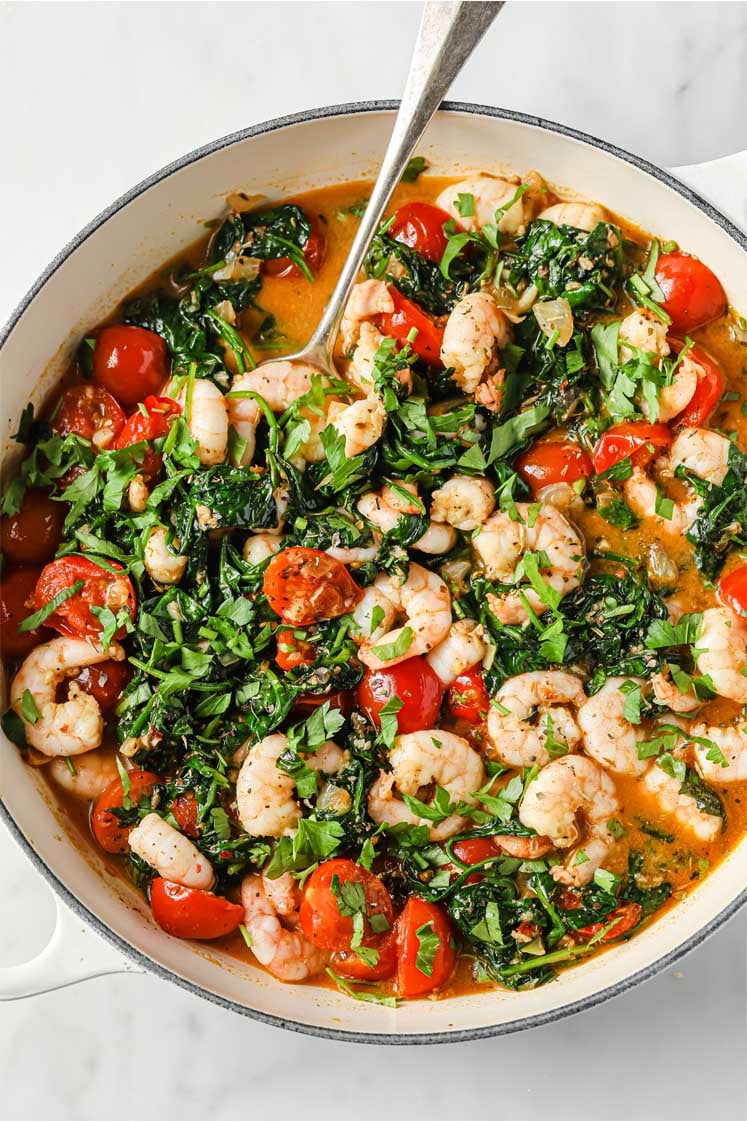

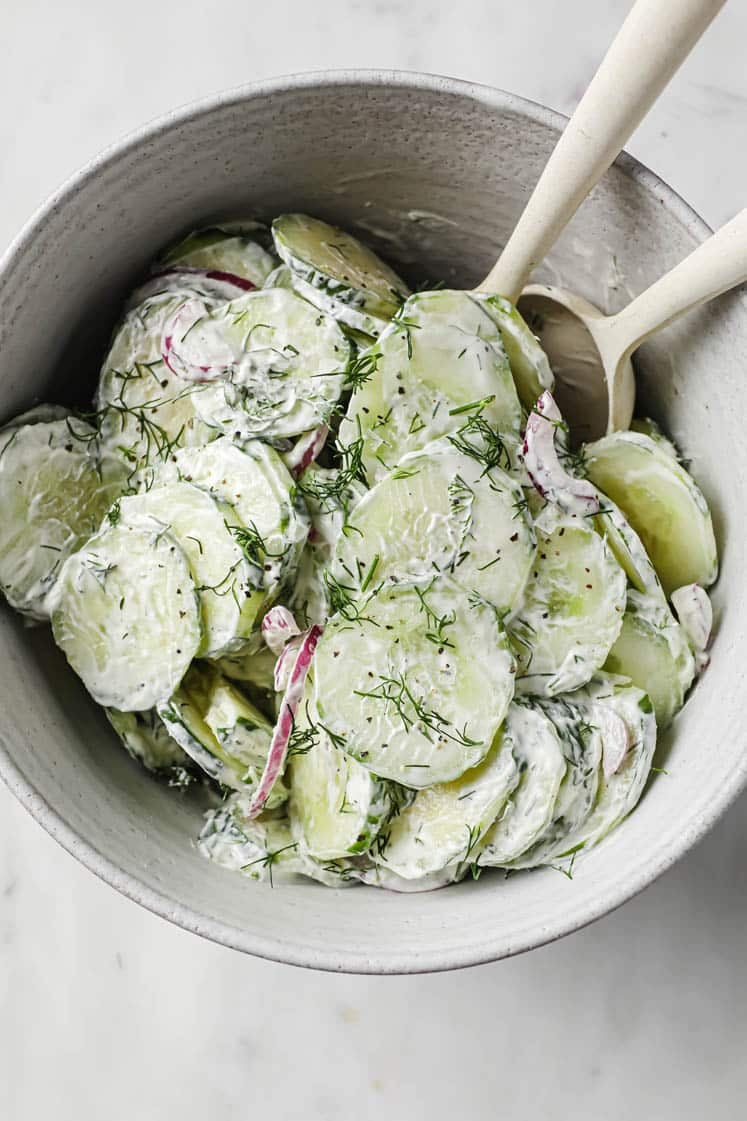









Leave a Reply